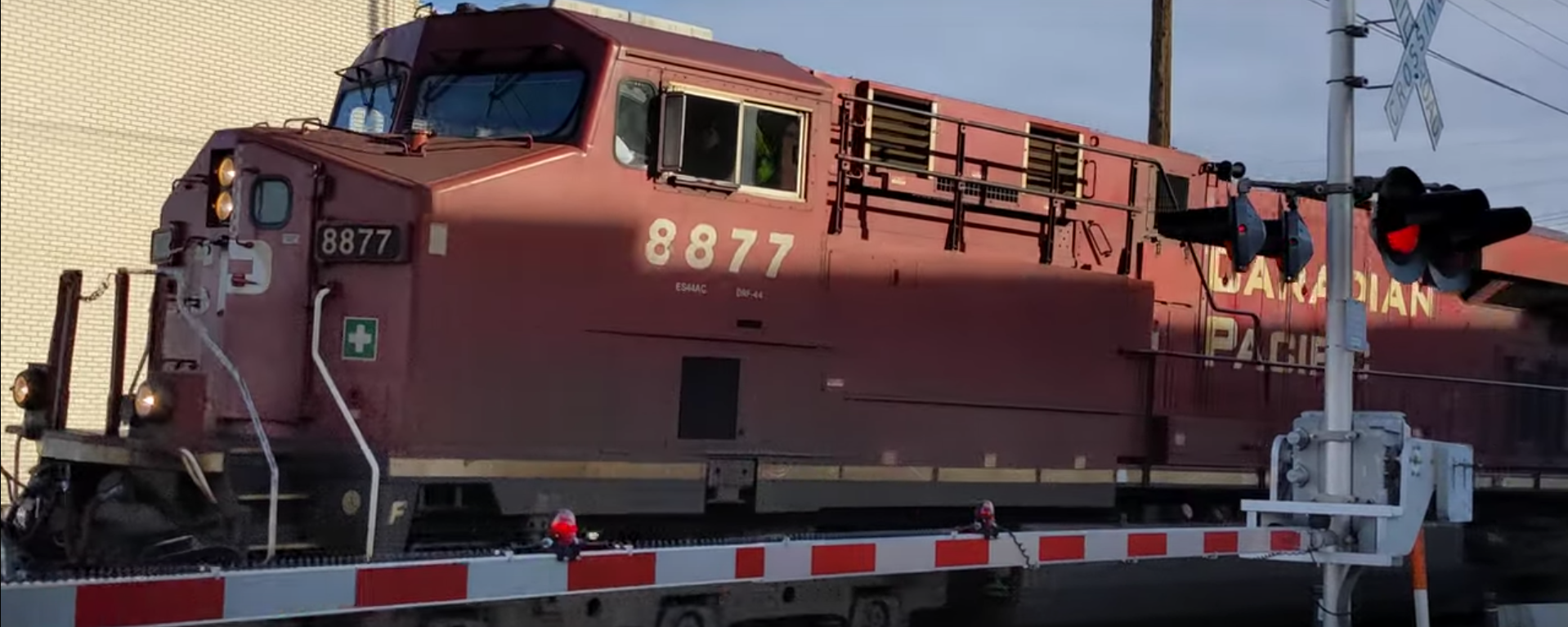It only takes one-time hearing the train whistle from close by to wish there were something we could do about it. There is, and the DBPA and other passionate downtown supporters have driven this conversation toward an improved environment.
The concerns need to be balanced and they are most easily summed in two points:
- Public Safety. We don’t want people on or near the tracks when a train is coming; they’re dangerous. The train whistle is a time-tested method of letting people know it’s about to get really dangerous.
- Livability & Comfort. Living downtown comes with a lot of extra noise, the trains are the biggest contributor. Whether sitting outside enjoying a drink or trying to sleep through the night the train whistle is exceptionally disruptive.
Striking a balance between these opposing interests is the goal. The solution is a Quiet Zone. These are areas where safety elements of an intersection or series of intersections are measured as a whole. If the minimum safety standard is met, train engineers are not required to blow the whistle.
Current Status
The City of Minot recently completed a review of the safety and intersection improvements needed to qualify as a Quiet Zone. The good news is the costs and disruptions associated with making the needed improvements are considerably less than previously estimated.
However, there is at least one property and business that may be negatively impacted by proposed improvements along Central Avenue.
The DBPA will continue to advocate for expeditious implementation as well as work with impacted property owners and the City to resolve potential negative impacts.
Reference
The Experience
